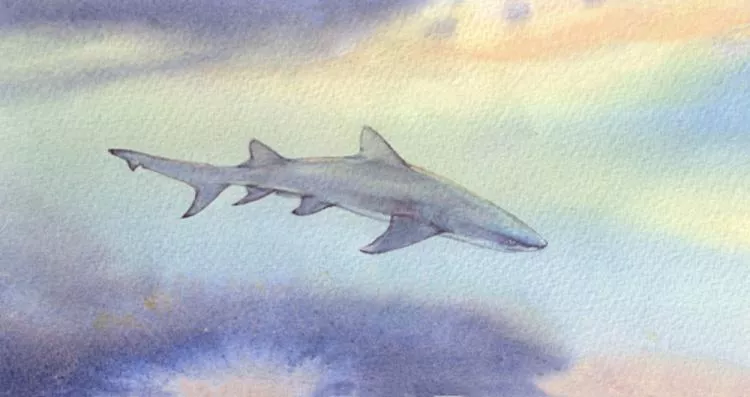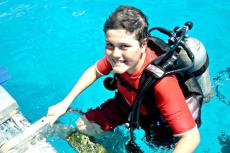Enigmatic world of shark and ray behaviour unveiled
Inspired by a perceived need to emphasize shark and ray ethology and to showcase their behavioural complexity and intelligence, a special issue of the Brill journal Behaviour has been published, focusing on elasmobranchs.
Elasmobranchs have become lucrative targets with the depletion of traditional fish stocks and the surge in the shark fin trade. Although, in recent decades, much scientific evidence has challenged traditional misconceptions, stereotyped media portrayals persist, and they hinder conservation efforts. So, this special issue was created to highlight the complex behaviour and cognition of sharks and rays.
It is organized into three main themes—historical articles, behaviour, and cognition—each contributing to a deeper understanding of elasmobranchs’ lives and challenging prevailing misconceptions.
Historical articles
The issue opens with a groundbreaking review by guest editor A. Peter Klimley, et al.: a comprehensive ethogram for chimaeras, sharks and rays. Ethograms are essential for describing animal actions in their natural habitats, and this work was done to aid researchers to characterize future sightings as well as to standardize terminology for future research. Klimley is an ethologist in the line of Nikolaas Tinbergen, Konrad Lorenz and Arthur A. Myrberg Jr., his former professor, who worked for several years with Lorenz in Europe. Klimley carries their legacy forward by creating an ethogram for the entire group of chondrichthyan fishes, and challenging the notion of sharks as simple feeding machines.
Two historical studies, also by Klimley, follow. The first dives into the social interactions of hammerhead sharks, revealing a complex world of social competition and mating behaviours. Female scalloped hammerheads, for instance, engage in a cork-screw display to establish dominance, while males use torso thrust to compete for mating opportunities. Klimley's study on white sharks unveils agonistic displays and ritualized behaviours, challenging traditional stereotypes of sharks as mindless predators.
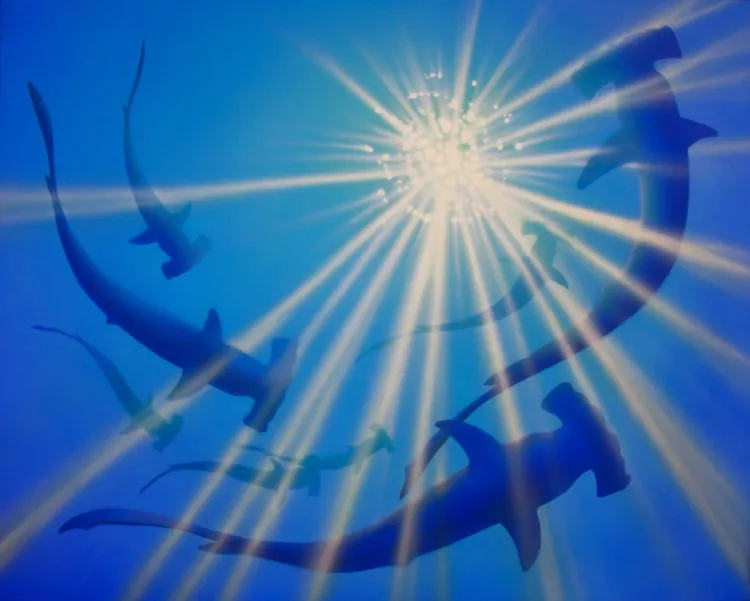
It is followed by a critical commentary by guest editor Ila France Porcher, which questions the validity of the study that claimed to have found dominance-subordination hierarchies in the smooth dogfish. It thus challenges prevailing notions about shark social dynamics.
“The 'Mistaken Identity Hypothesis' for shark bites on humans is an anthropomorphic fallacy,” by Eric Emile Germain Clua Ph.D., DVM, delves into the reasons behind the widely accepted hypothesis that sharks mistake swimmers for prey items. Clua proposes a “Natural Exploration Hypothesis,” suggesting that observed shark behaviour, including bites on humans, is a response to the sharks’ natural tendency to strike moving objects at the surface, rather than a case of mistaken identity.
Behaviour
The behaviour section is introduced by a fairly complete ethogram for blacktip reef sharks by Ila France Porcher, which describes 35 context-specific behaviour sequences. It not only highlights the flexibility in the behaviour of these sharks but also reveals large individual differences. The behavioural repertoire offers intriguing clues as to the complexity of the sharks' cognitive functions.
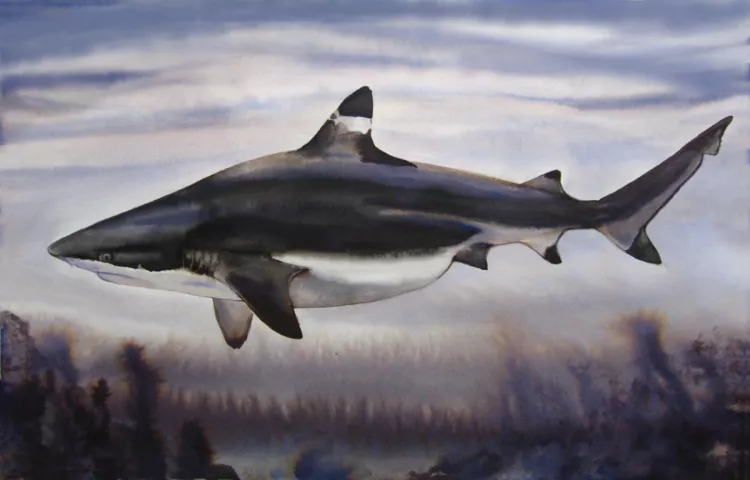
The study is, however, disrupted by the arrival of the shark fin industry, which underlines the devastating impact on shark populations of this largely criminal trade.
“Insight into manta ray behaviour using animal-borne Crittercams” by Nicole Pelletier et al. sheds light on the behaviour of manta rays in their natural habitats. The study reveals the importance of social behaviour for these filter-feeding elasmobranchs, with the reef manta ray exhibiting more pronounced social interactions than the giant oceanic manta ray. The study documents new inter-specific interactions between these two species as well as courtship events.
The article “Could convulsive body shuddering of a white shark near a shark cage be an element of a threat display?” by A. Peter Klimley and Mauricio Hoyos-Padilla challenges common stereotypes by examining agonistic displays of a male white shark near a shark cage. The study emphasizes that even these formidable marine predators display ordinary animal behaviours in response to perceived threats, debunking the sensationalized portrayals in popular media.
Cognition
The cognition section challenges the historical dismissal of elasmobranch mental capacities. Vera Schluessel et al.’s paper, “When the penny drops: sharks outsmart cichlids in serial reversal learning” sets the tone by testing two species—eight cichlids and seven bamboo sharks—in a reversal learning task. The results showcase the sharks’ capacity for learning and behavioural flexibility, challenging the perception of elasmobranchs as instinct-driven creatures.
“Examining individual behavioural variation in wild adult bull sharks (Carcharhinus leucas) suggests divergent personalities” by Thomas Matthieu Vignaud et al., takes an ethological approach to analysing boldness-shyness and aggressiveness-placidity in adult bull sharks. The study not only characterizes individual shark personalities but also quantifies the differences in behaviour over time, emphasizing the variation among individuals.
The article “Evidence of long-lasting memory of a free-ranging top marine predator, the bull shark Carcharhinus leucas” by Clémentine J. M. Séguigne et al. explores the memory capabilities of sharks. Given their long lifespans, sharks are expected to have good long-term memories, and this study provides evidence supporting this hypothesis. The sharks quickly resumed their attendance when feedings resumed after interruption of shark feedings due to the COVID-19 pandemic.
The special issue concludes on a note of mystery with “Shark evacuation from Mo’orea Island in 2002” by Ila France Porcher. The article recounts a unique event where all blacktip reef sharks and likely other species left their lagoon and ocean ranges for two weeks, thus evading human view without any apparent explanation. The mystery underscores the gaps in our understanding of elasmobranchs' lives and behaviours.
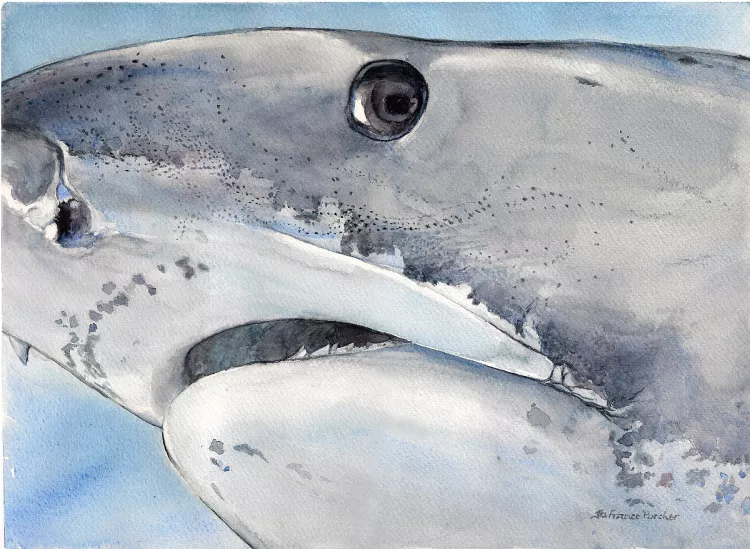
In summary, this special issue not only unveils the behavioural complexity of elasmobranchs but challenges prevailing stereotypes, emphasizing the need for their conservation. The revelations in this collection are poised to inspire further studies and advocate for robust measures to try to safeguard these ancient underwater inhabitants from the intensive ongoing exploitation.


